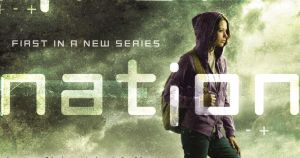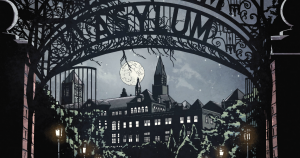
Review: Dangerous by Shannon Hale
The first time I’ve really seen someone in a book who is just like me, and she turns out to be a superhero.

The first time I’ve really seen someone in a book who is just like me, and she turns out to be a superhero.

Charlie Cooper is your average, down-to-earth girl—who happens to be disabled. But occasionally, this normalcy backfires.

For disabled characters, being cured is a common trope. What’s more, in most of these narratives, the characters are cured because they’re better than they were at the start of the book: kinder, gentler, braver. And finally, finally, they’re normal and whole.
This is a reminder of tomorrow’s Twitter chat.

The description for this book uses the phrase “brilliant but autistic” to describe its main character, and that’s where our conflicted feelings about Viral Nation start.
Disability in Kidlit will be undergoing some changes; a different posting schedule, update on submissions, and social media news.
I can feel their eyes on me. They’re all staring, judging.
Disability in Kidlit will be taking a brief two-week hiatus beginning today, but we’ll be back on January 10, 2014 with more excellent posts.

When we see institutions in YA, we usually see them in one of two contexts: a “sane” person wrongly incarcerated in one, or a spooky (often old, sometimes abandoned but haunted by ghosts) asylum filled with “crazy people.”

What concerns me is that disabled characters are often integrated in the form of tokenism, meaning one token character that could be considered “different” is included in the plot. And even then, such characters are frequently depicted in stereotypical ways, despite being created by authors who may have the best of intentions.